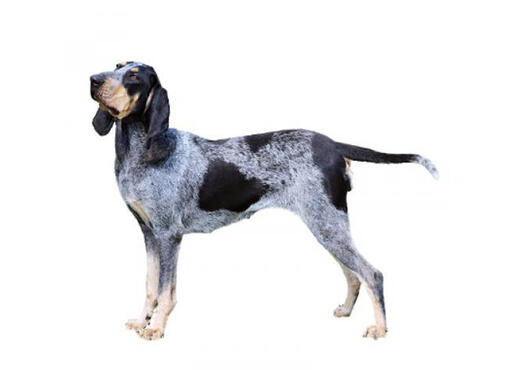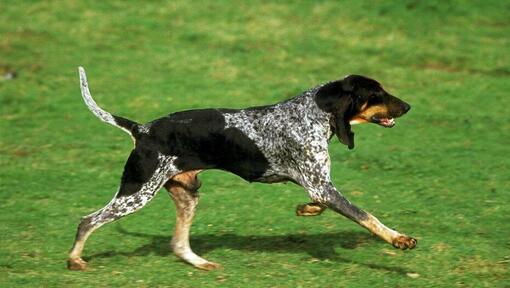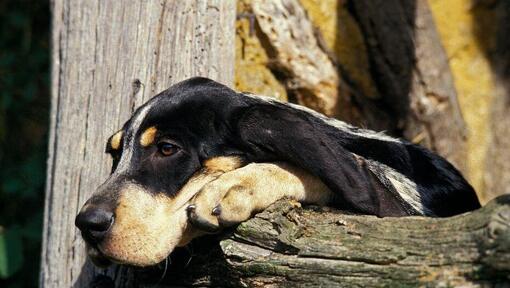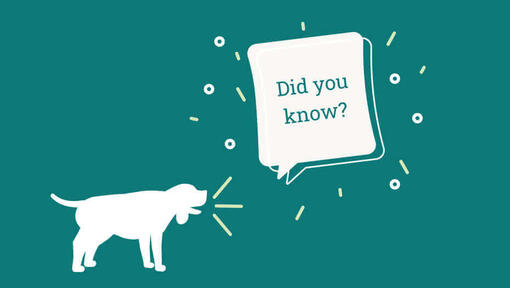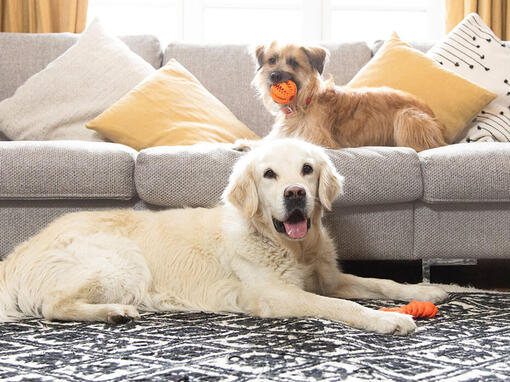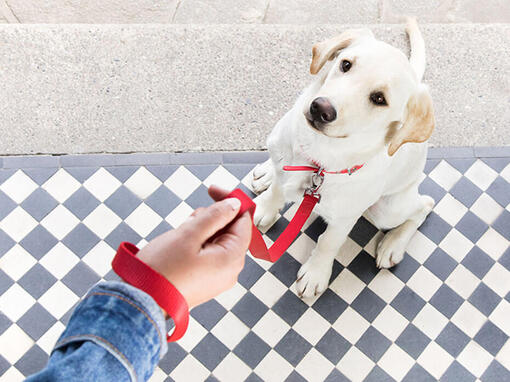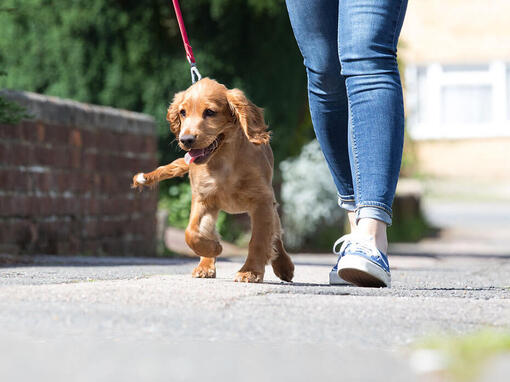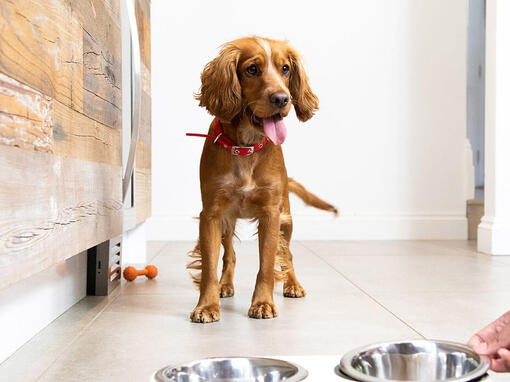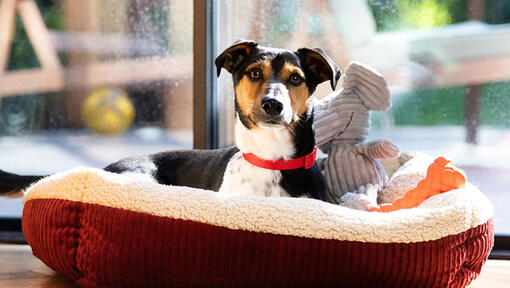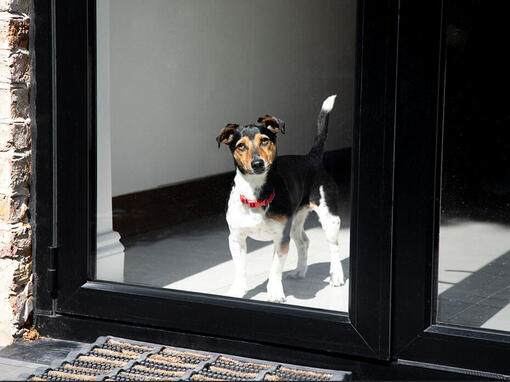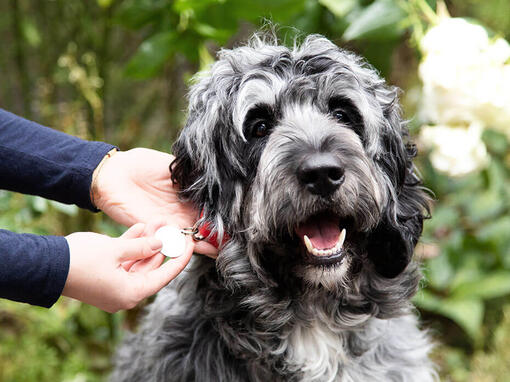History and Origins
Country of Origin:France
Descended from the St Hubert Hound, a now extinct Bloodhound type, the Grand Bleu dates back to Medieval times. Used to hunt boar, wolf and bear in their native France, and later helped to recreate the Basset Bleu de Gascogne, a long, low version of the breed, this is still a working hound in France today.
Early French settlers took the Grand Bleu with them to the Americas, and it is thought to be the breed behind many of the American bloodhound types, particularly the American Coonhound.
